Molly Jaben
Contributor
[email protected]
Tessa Frank, a 24-year-old graduate student, shimmies her shoulders and takes a swig from her Starbucks cup and exclaims, “Oh, I’ve been waiting for this!” She giggles, wipes the foam from her upper lip and explains that she has been in England for the past year and unfortunately for the Brits, they do not have the infamous pumpkin spice latte. She takes another sip and turns her attention back to the topic at hand.
“Ketamine is my miracle drug,” she states with a straight face and focused demeanor.
A man carrying a motorcycle helmet hears her statement, raises his eyebrows and snickers.
This is a usual reaction when someone mentions ketamine; especially among those who have recreationally experimented with the powdered form of the drug. However, most users remain unaware that the dissociative substance has been relevant in the medical world since the ‘70s as a battlefield and pediatric anesthetic. The nasal abuse of ketamine did not begin until almost the ‘80s.
For individuals like Frank, ketamine is more than a party drug or an anesthetic.
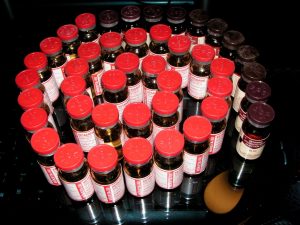
As a teenager, Frank tore her calf muscle playing soccer. From there, needle-like pain spread rapidly throughout her body. Soon after, she was diagnosed with Complex Regional Pain Syndrome, a horrifically painful muscle condition that causes prolonged cramping and debilitation of limbs. At her worst her right arm was constantly seizing, causing her hand to stick in a claw position with her arm pressed tightly against her body.
“I used to call it my alien arm,” said Frank, nearly upending her latte while demonstrating her newly developed range of motion.
After extensive research, she received her first ketamine infusion at 17. For three days she spent four hours with a concoction of fentanyl, to help her sleep and a continuous intravenous flow of ketamine pushed into her system. After the three day, inpatient experience, Frank had full control over her limbs for the first time in 13 months.
Frank still uses infusions several times a year and a ketamine nasal spray every eight hours to combat her chronic pain.
“From my perspective it’s really great because I don’t have to use opioids for pain,” said Frank, a subtle English accent gracefully permeating her delicate voice.
Currently, drug overdose is the leading cause of accidental death in the United States. Prescription painkillers cause nearly half of all overdose deaths, according to the American Society of Addiction Medicine.
The M.D. candidate has seen the devastating effects of opioid addiction throughout her professional work. Frank managed a buprenorphine program at the Mountain Area Health Education Center, in an attempt to manage opioid dependence in Western North Carolina. She also recently completed a master’s on chronic pain in England and travels to Italy to conduct pain research in several weeks.
“There has to be new options for patients and from a pain perspective, as you decrease accessibility to pain medicine, you have to find other options and ketamine is a valid option for that,” said the Asheville native.
Frank explains that ketamine and opioids bind to the same receptor called NMDA, prohibiting the release of glutamate, an excitatory chemical involved in most aspects of brain function and the nervous system. However, opioids only remain bound for a short period of time, whereas ketamine can remain bound to the receptor for a prolonged period, allowing the beneficial effects of ketamine to be felt for weeks or even months.
Currently, insurance companies deem ketamine treatment as experimental and therefore do not cover the cost. A single infusion session can run anywhere between $400 and $2000, making it inaccessible to low-income patients.
“So you have these drugs that are traditionally used for pain that are detrimental to so many people, so where do you turn to? If psychedelic drugs can be the answer to that, then why not,” Frank said.
Beyond the clear benefits of addiction reducing treatment, ketamine also helped Frank find her path in life.
“Interestingly, for pain the concentration you need to get pain relief is about the same concentration you need to get psychedelic effects,” said Frank, as she takes another sip of her latte.
Frank recalls an experience where, under the stupor of a ketamine infusion, she felt her doctor walking up her intravenous tube, into her heart and telling her she should become a doctor. The next day, she switched her concentration from physical therapy to medicine.
Currently, advocates of ketamine, including Frank, are pushing the FDA to reconsider the benefits of the drug. However, the main focus currently resides with innovative treatments for extreme cases of depression, anxiety and PTSD.
“I really think of it as a miracle and I really never ever would have expected to say that,” said Sam Snedeker, a 24-year-old from Cary.
Snedeker stands at 5 feet and 4 inches tall with long blonde hair and a lip piercing. She wears her bangs in a bold sweep across her forehead; an ode to the fashion of the post-hardcore scene.
“My friends call me unicorn Sam,” she said.
Snedeker suffers from extreme treatment-resistant depression and anxiety. Her diagnosis ranges from manic depression to bipolar II disorder.
“If I was 18 years old, I would have told you that I’m going to feel this way for the rest of my life, and I’m gonna be depressed until the day I die, but that completely changed for me with ketamine,” Snedeker said. “I had lived for years and years with the idea that there was no option, that nothing was going to change, my brain was just too fucked to be able to have anything fix it.”
Snedeker experienced her first massive panic attack at eight years old, following an incident with her third grade teacher.
“My mom said she had never seen anything like it,” Snedeker said.
Snedeker said by the age of 13, depression and anxiety controlled her life with an acute force.
“Every day I woke up I was so incredibly upset that I had woken up that day and every day I went to bed I wanted to die,” Snedeker said. “It went on like that every single day for years.”
Snedeker said she spent her teenage years consuming rotating cocktails of mood stabilizers, antipsychotics and antidepressants in an attempt to manage her mental illness. Her psychiatrists even tried adding adderall and klonopin into the mix, to no avail. She consulted multiple psychiatrists and doctors, as well as a nutritionist due to her vegan lifestyle.
“I believe these prescriptions had an effect on my developing brain and promoted a lot of erratic behavior while I was on them that eventually left my mind in an inescapable state of chaos and pain that I quieted down by self medicating with benzos, anti-anxiety medication and opiates,” Snedeker said.
As Snedeker fell into a seemingly endless pit of addiction, she found herself in and out of the emergency room and psych ward for self harm, overdoses as well as a slew of suicide attempts.
At 18, she resorted to Transcranial Magnetic Stimulation, a form of electroshock therapy introduced in the ‘80s. Yet, not even this treatment could manage her depression.
Out of options and running out of hope, Snedeker stumbled across ketamine treatments after discovering the newly opened Ketamine Treatment Centers of North Carolina in Raleigh. She immediately submitted an application for treatment and quickly moved through the approval process, becoming one of the first subjects admitted into the ketamine infusion program.
“Everyone’s excited about (ketamine) because it has very fast antidepressant effects,” said David Nichols, a chemist and pharmacologist who has been working with psychoactive drugs since the ‘60s.
Snedeker received six ketamine infusions in 45 minute sessions over the course of two weeks. However, it only took two ketamine infusions to feel an astonishing shift.
Snedeker recounts experiencing an evolved perspective, which allowed her to escape the humiliating clutch of depression. For example, before the ketamine treatments, anything that went wrong would send her spiraling out of control for days, sometimes weeks. After the infusion, she said she feels in control and prepared to deal with the ups and downs of her mental illness.
“No drug that I’ve ever been on, ever been prescribed, ever done recreationally, besides hallucinogens, have provided me with this sort of perspective and outlook,” Snedeker said. “Your brain really does get stuck there when you’re depressed. You don’t have the option of letting things go. That’s what ketamine provided for me. It gave me an option to see things differently, to feel them differently and that was a pretty immediate change.”
Snedeker currently lives with her parents, but said she hopes to move out soon and go back to school as she continues to benefit from the ketamine treatments.


![Brooke Pedersen [second from the right] and Luis Reyes [right] hold banners during the Wrap The Woods event.](https://thebluebanner.net/wp-content/uploads/2025/09/ELIZABETH_PRITCHITT_IMG_3470-1200x804.jpg)





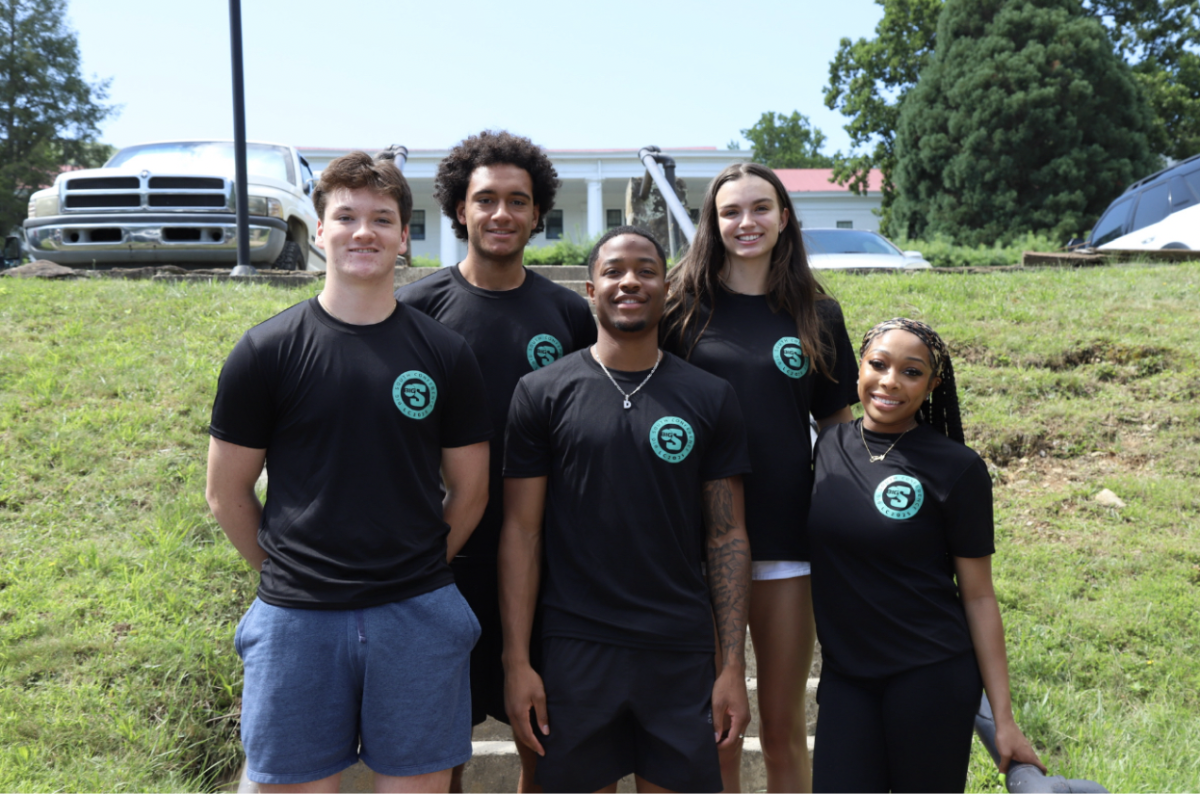







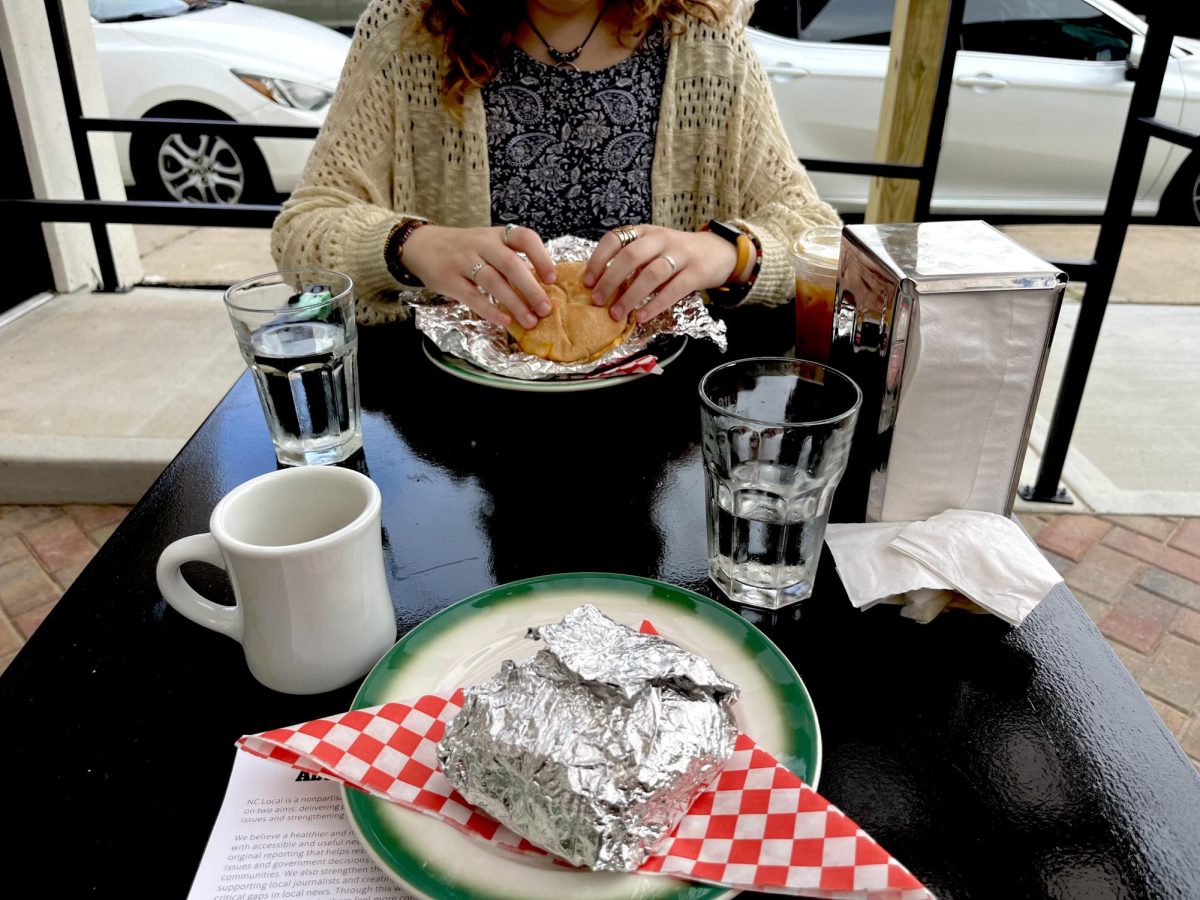
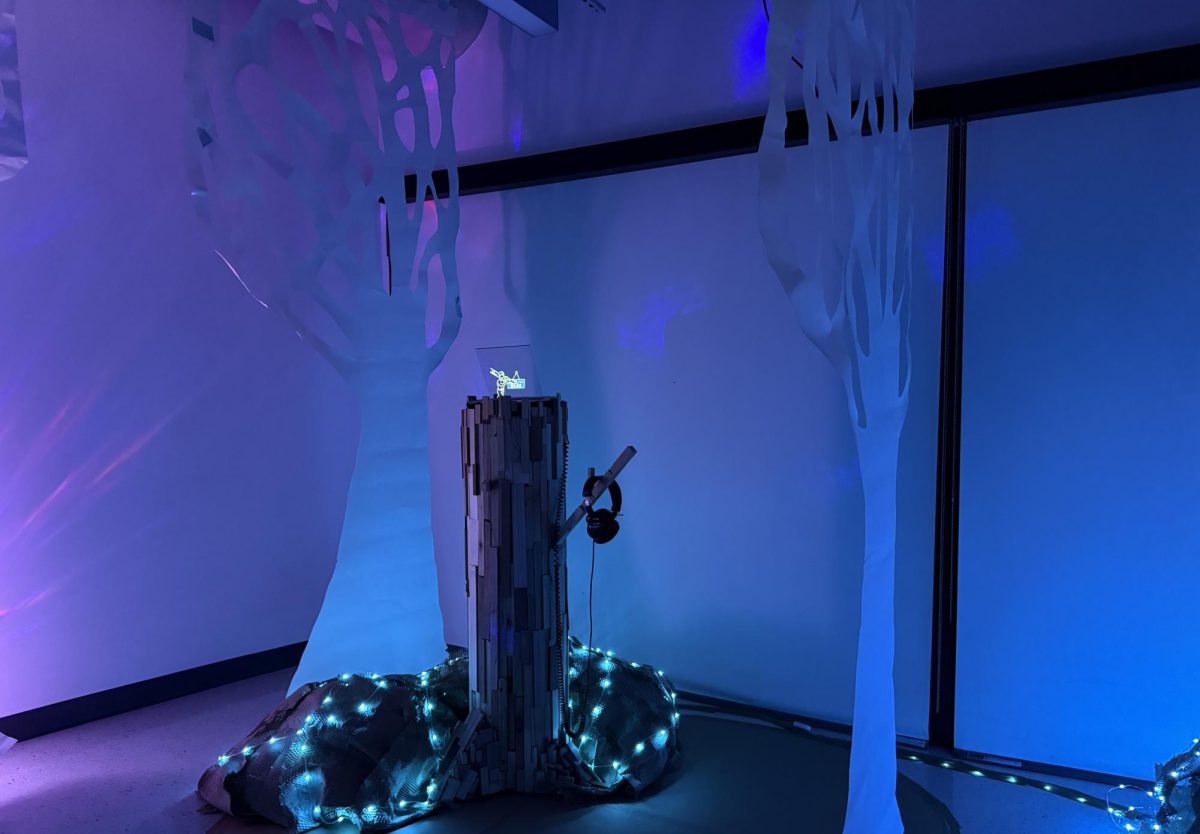

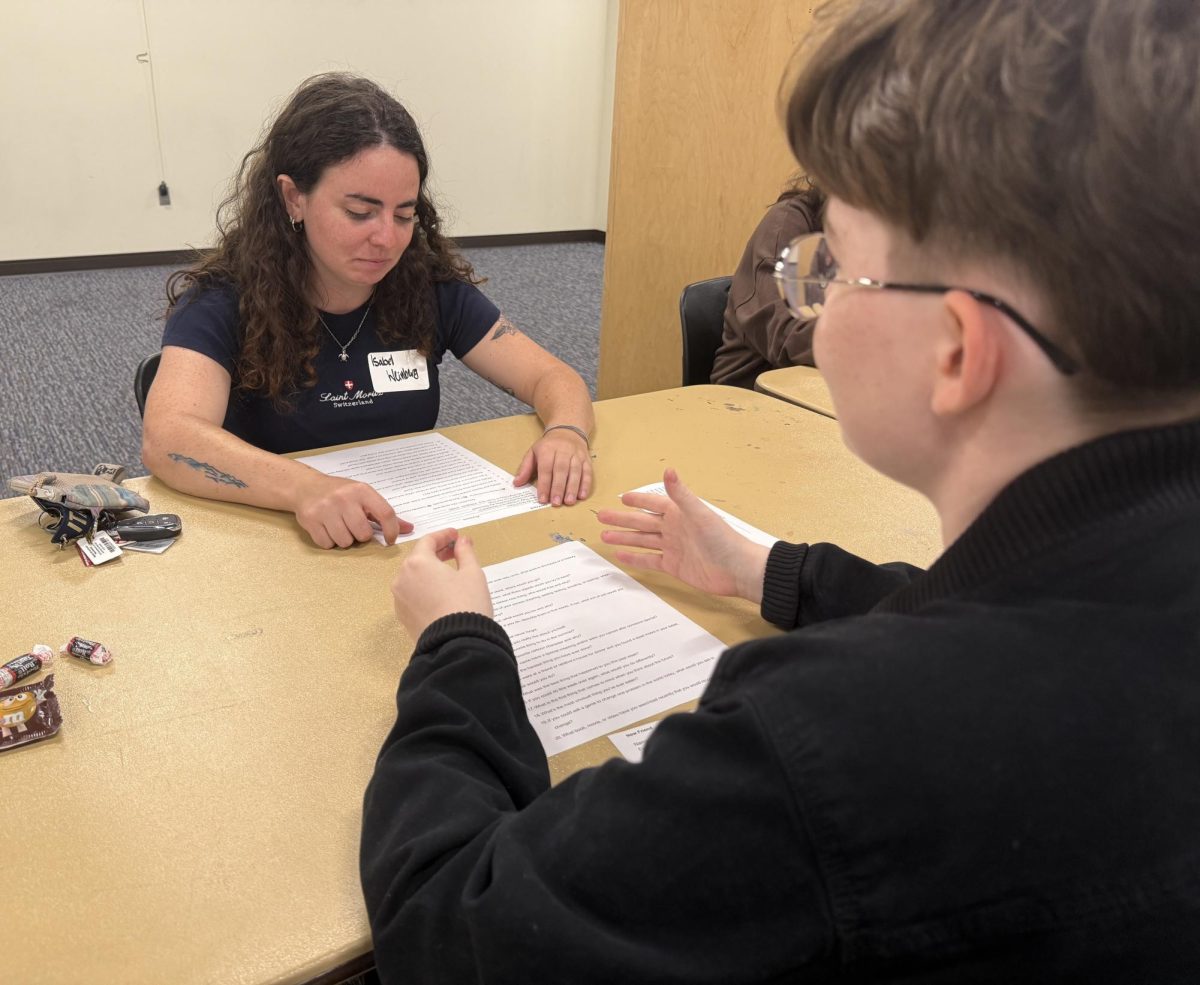
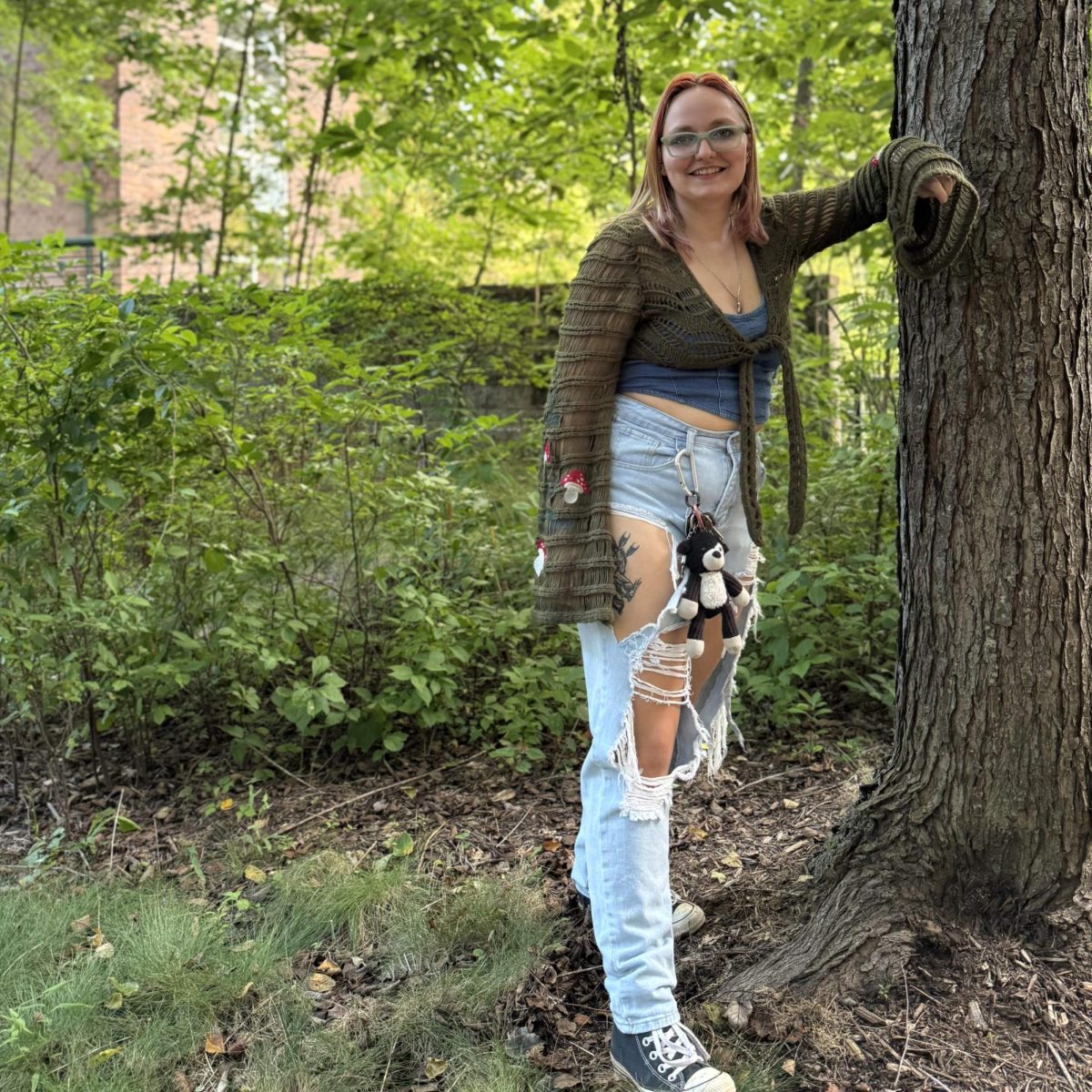


Amanda P • Jun 4, 2018 at 9:59 pm
Ketamine in Asheville:
https://www.integrativepsychiatry-nc.com/ketamine.html
Amanda P • Jun 4, 2018 at 9:57 pm
https://www.integrativepsychiatry-nc.com/ketamine.html
Ketamine in Asheville